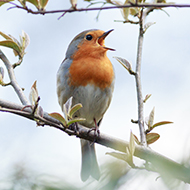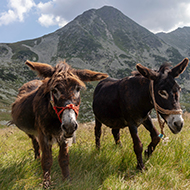Researchers used GPS collars and proximity sensing contact collars to explore transmission opportunities between cattle and badgers.
Study has implications for TB control
Badgers may not spread tuberculosis (TB) through direct contact with cattle, according to new research.
A new study published in Ecology Letters shows that while cattle pasture is the preferred habitat of badgers, there is no direct contact between the species.
This suggests that transmission is more likely to occur from contamination of the shared environment.
Scientists say the finding could have implications for TB control, by guiding both modelling and farm management.
"Our study provides the strongest evidence yet that transmission is happening through the environment, helping to explain why controlling TB is so difficult," commented study leader Professor Rosie Woodroffe from the Zoological Society London (ZSL).
"This work marks the first step towards identifying more effective ways to reduce transmission between badgers and cattle, and also potentially better ways to manage cattle-to-cattle transmission as well.”
Scientists have long understood that badgers can pass TB to cattle. But without knowing how they do it, it is difficult to offer farmers advice on how to protect their herds.
In the study, researchers used GPS collars and proximity sensing contact collars to explore transmission opportunities between cattle and badgers.
In total, collared cattle spent the equivalent of eight years in the range of contact collared badgers and 15 years in the range of GPS badgers - yet the two were never in close proximity. In fact, simultaneous GPS tracking revealed that badgers preferred land that was over 50m away from cattle.
Having identified the environment as the likely location of transmission, the team are now conducting the next phase of research. This will identify where in the environment the disease bacteria are concentrated and encountered by badgers and cattle.







 Zoetis has launched a new survey to identify management techniques for Equine Herpes Virus (EHV).
Zoetis has launched a new survey to identify management techniques for Equine Herpes Virus (EHV).
